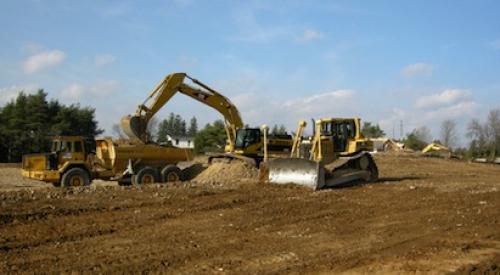Moratoria on construction had been a local planner’s tool of last resort, imposed only when left with no other options to halt a project or group of projects. In part, the reluctance stemmed from a bevy of property-rights lawsuits that in recent years posed the risk of future liability against agencies that impose moratoria. But after the U.S. Supreme Court’s recent decision about a development moratorium placed on vacation property in Lake Tahoe, Calif., planners now might have a green light to use them more regularly.
“It gives planners greater ability to use moratoria as a planning tool, and I think you will see a lot more of them,” says Mary DiCrescenzo, a land-use attorney with the NAHB. “If the court had ruled that a temporary moratorium amounted to a taking, that would have been incredible news” for builders and developers.
Until the court’s April 23 ruling, developers speculated that a decision against the Tahoe Regional Planning Agency in favor of 200 property owners would immediately trigger a Fifth Amendment clause requiring “just compensation” for any loss of land. Instead, all cases about alleged takings related to development moratoria now require rulings based on a case-by-case review of facts. In effect, six justices believed that “just compensation” would make it too costly for planners to do their jobs.
|












